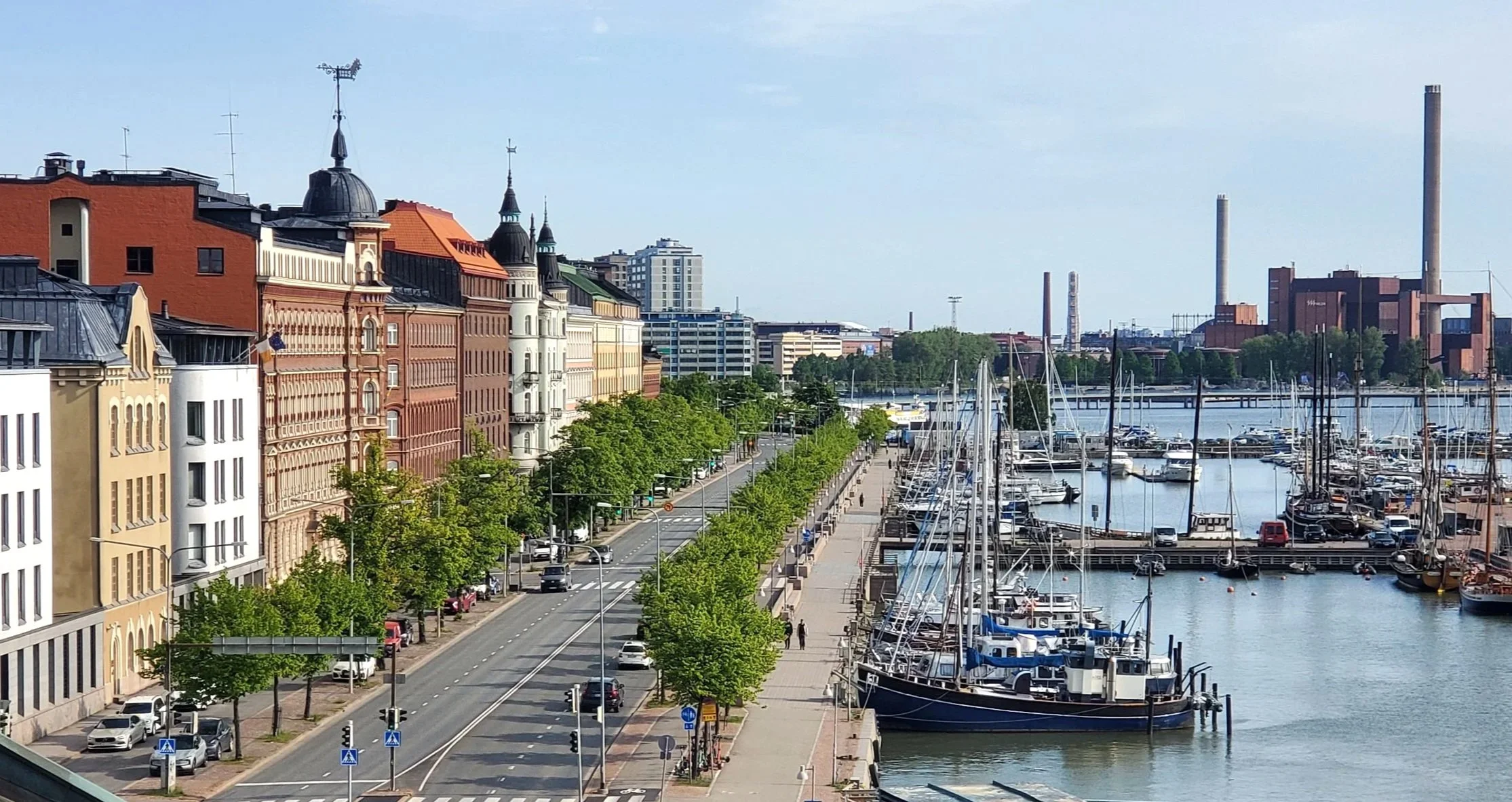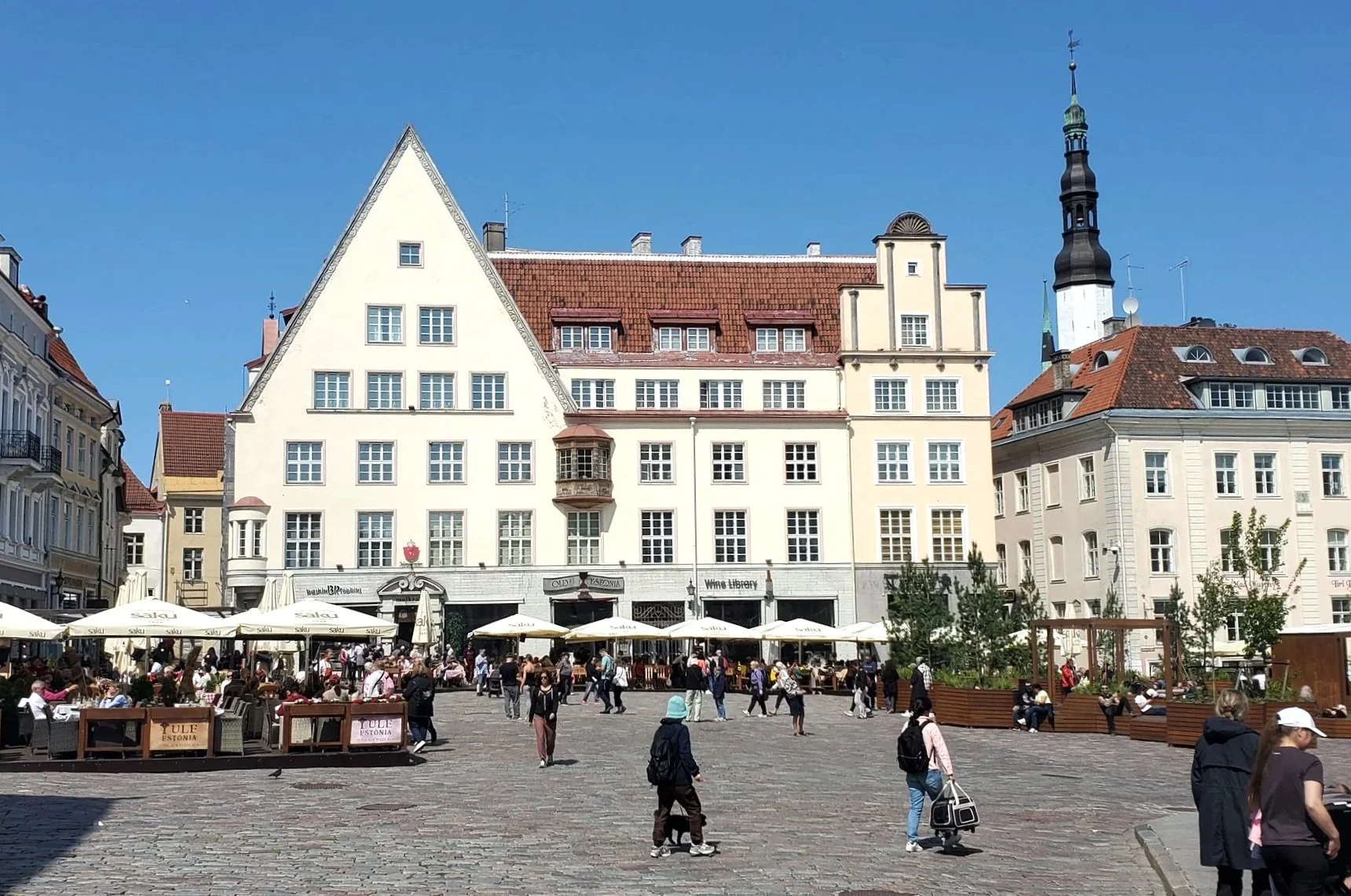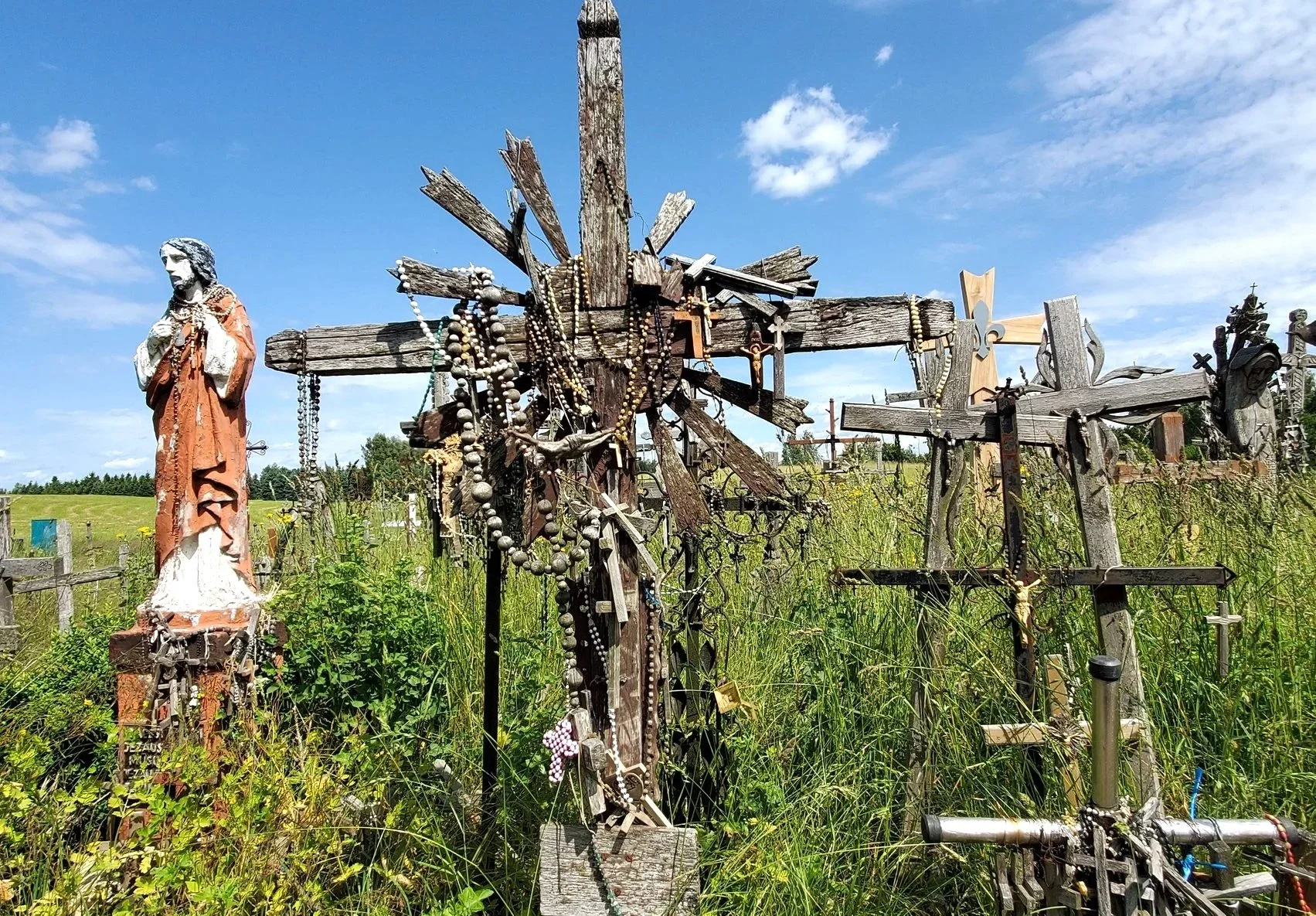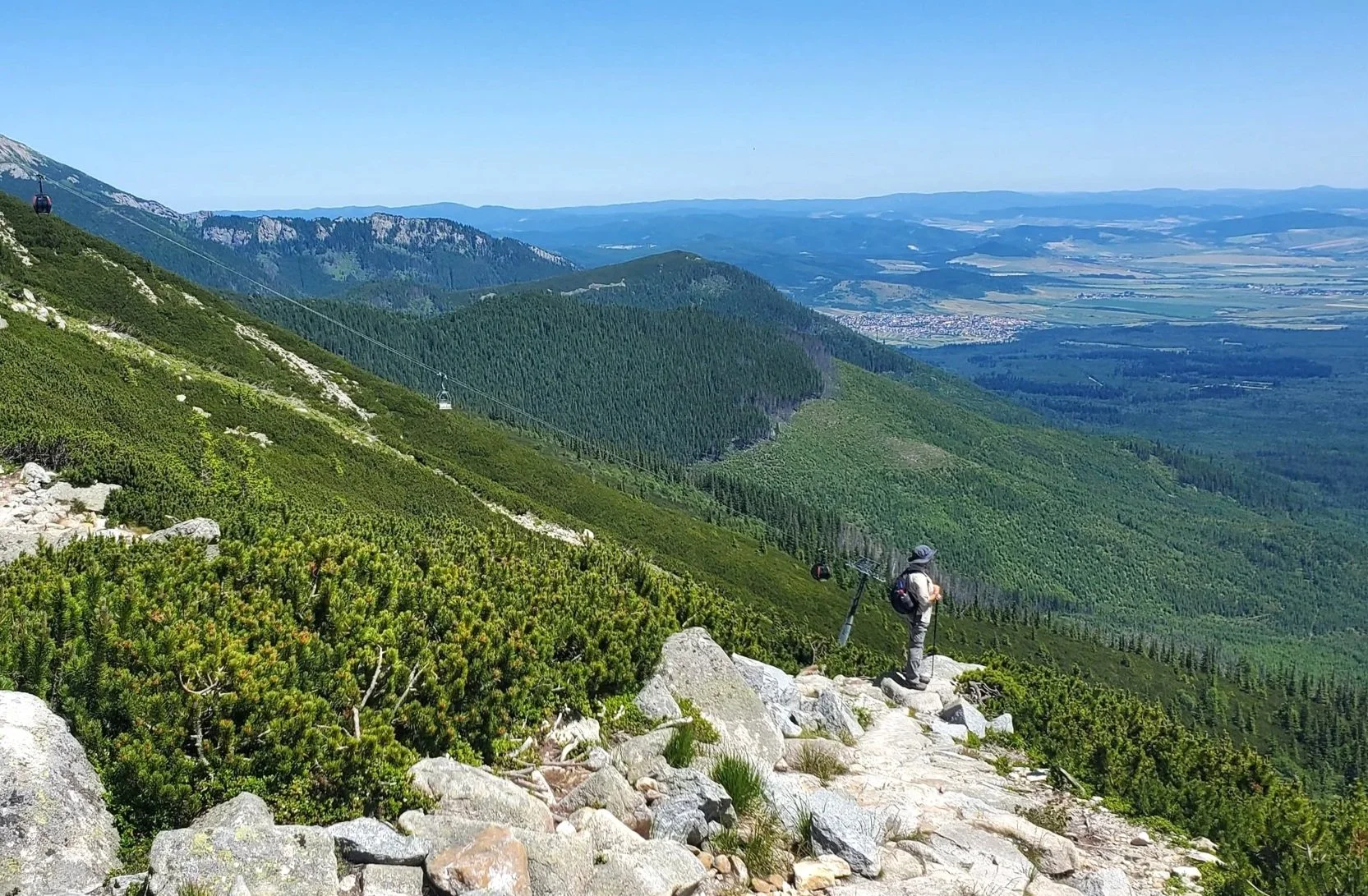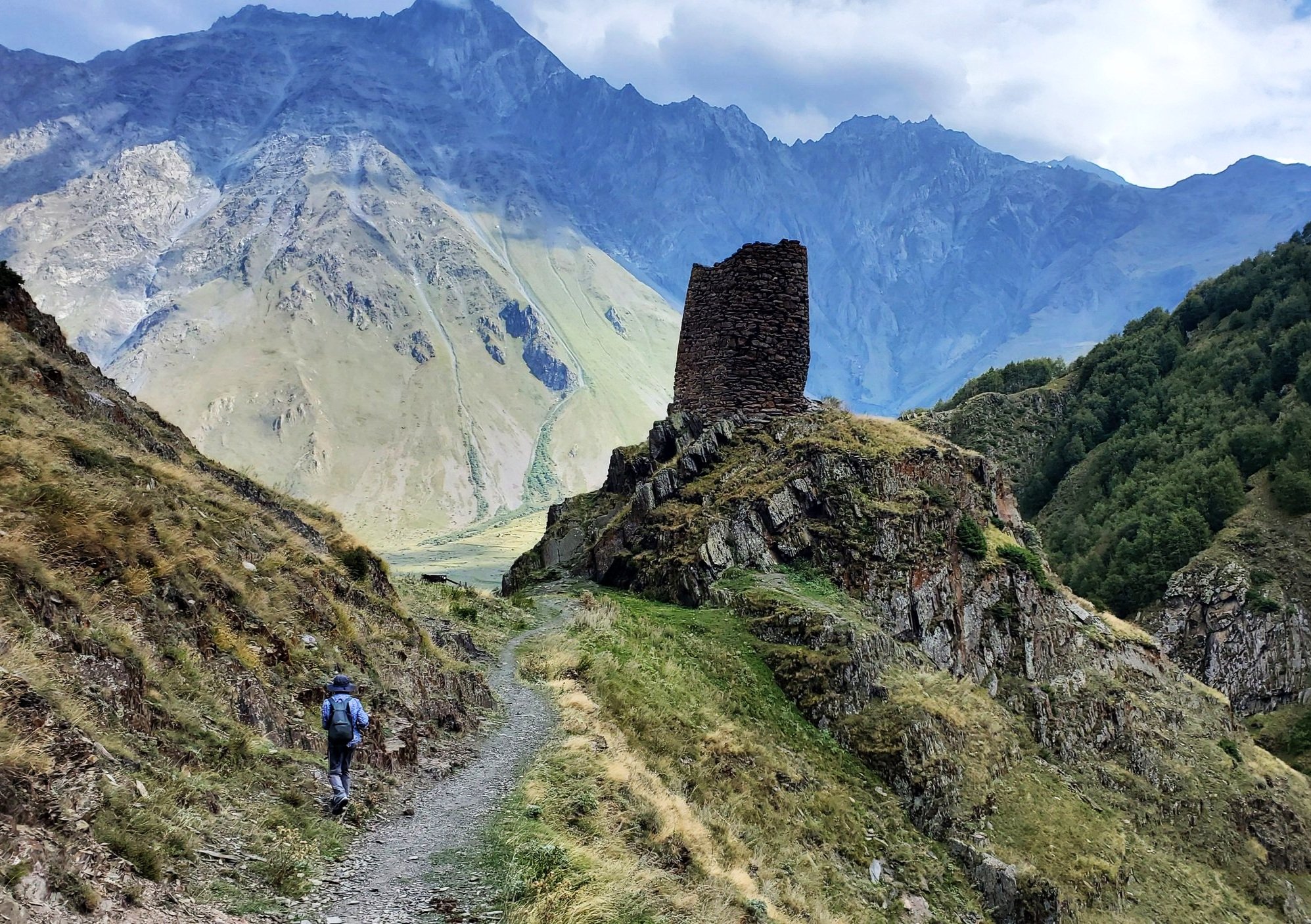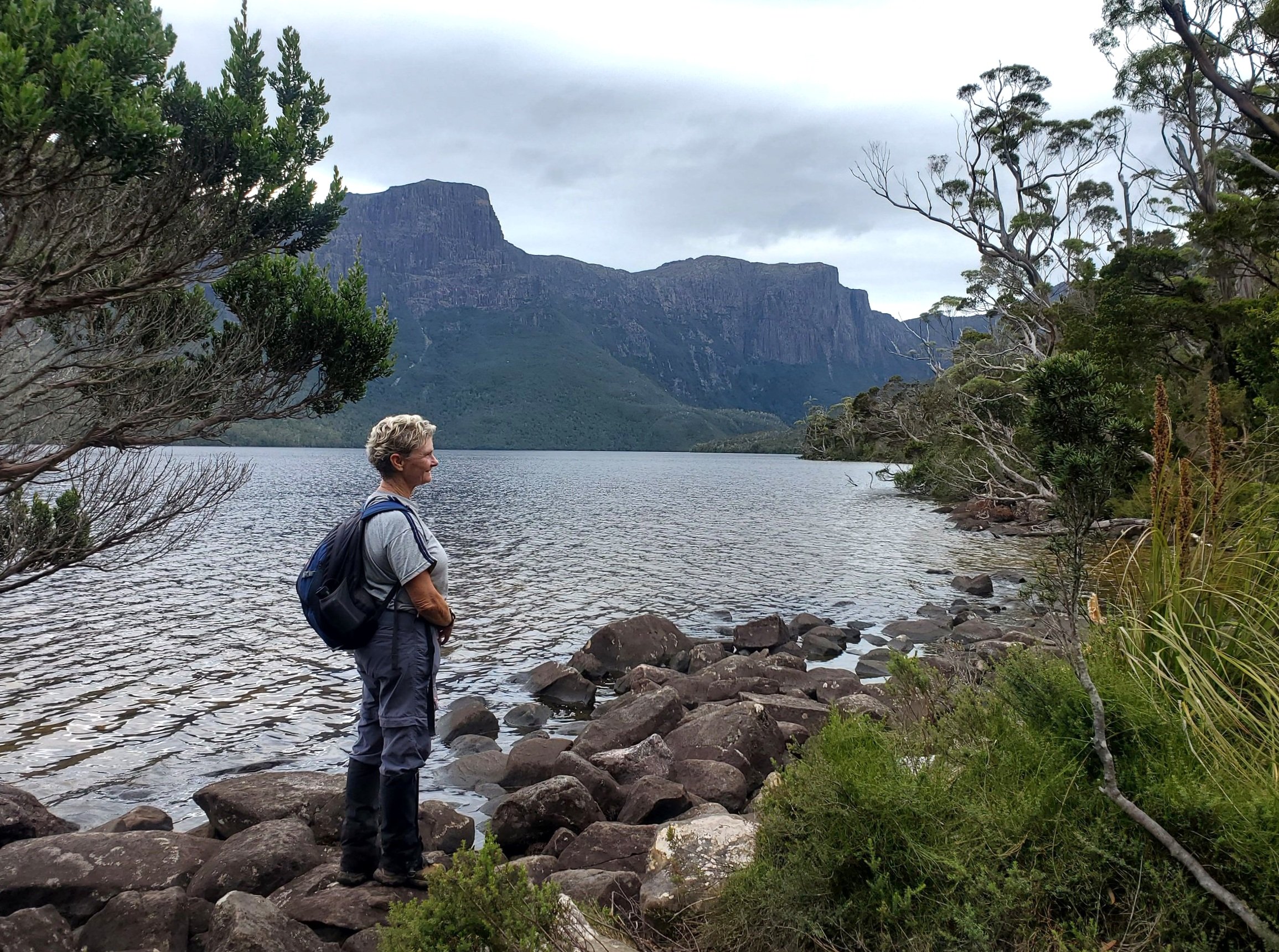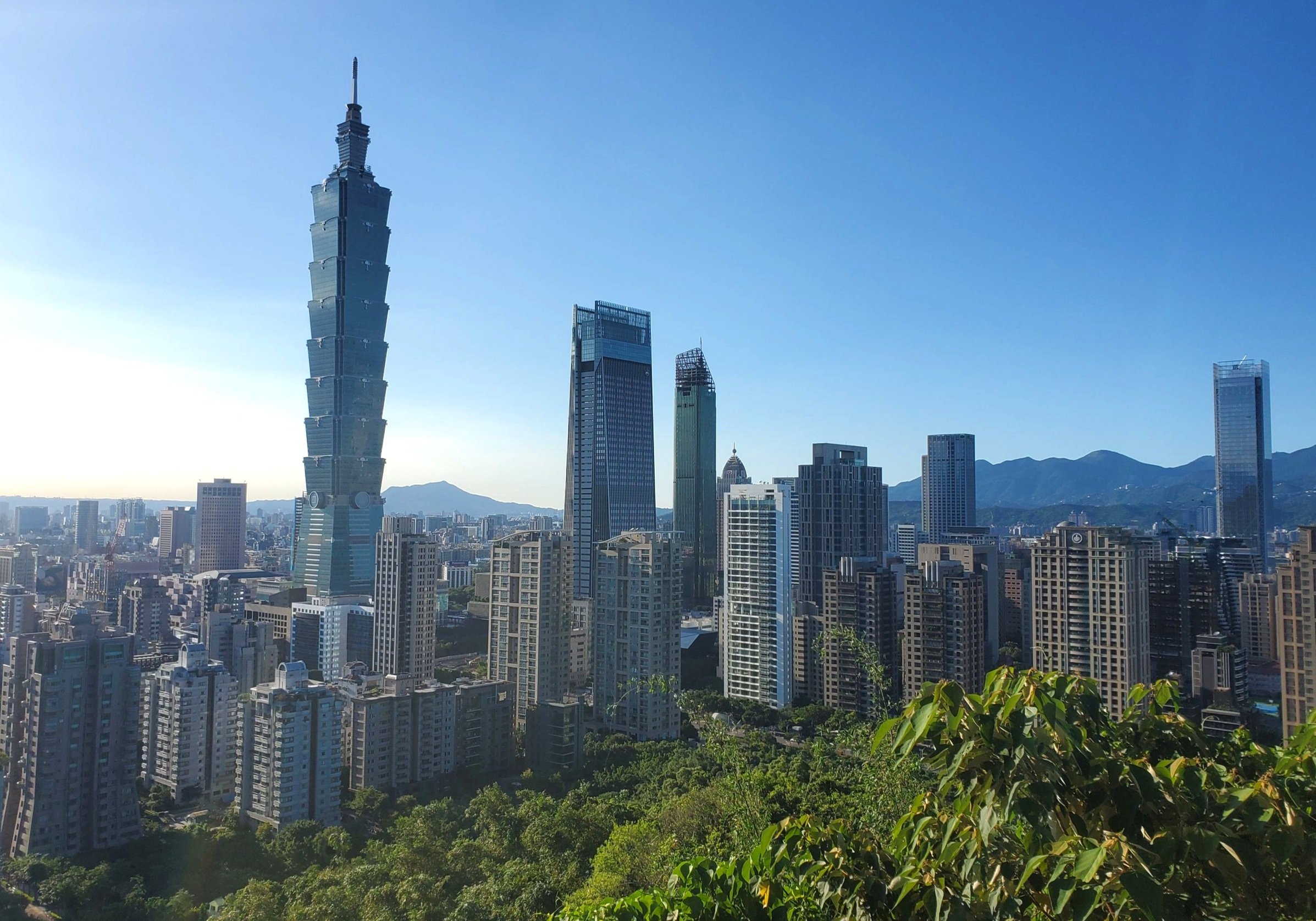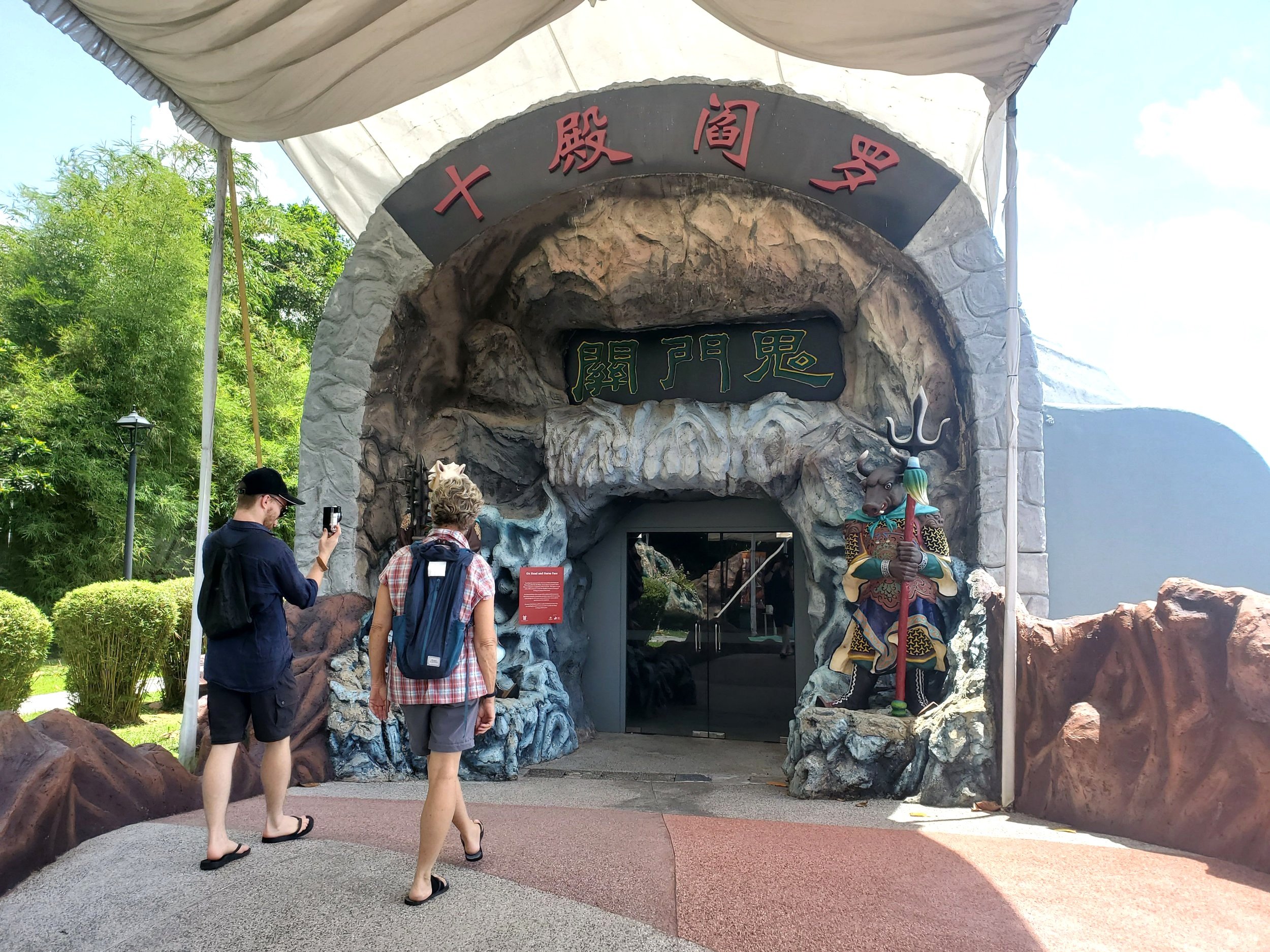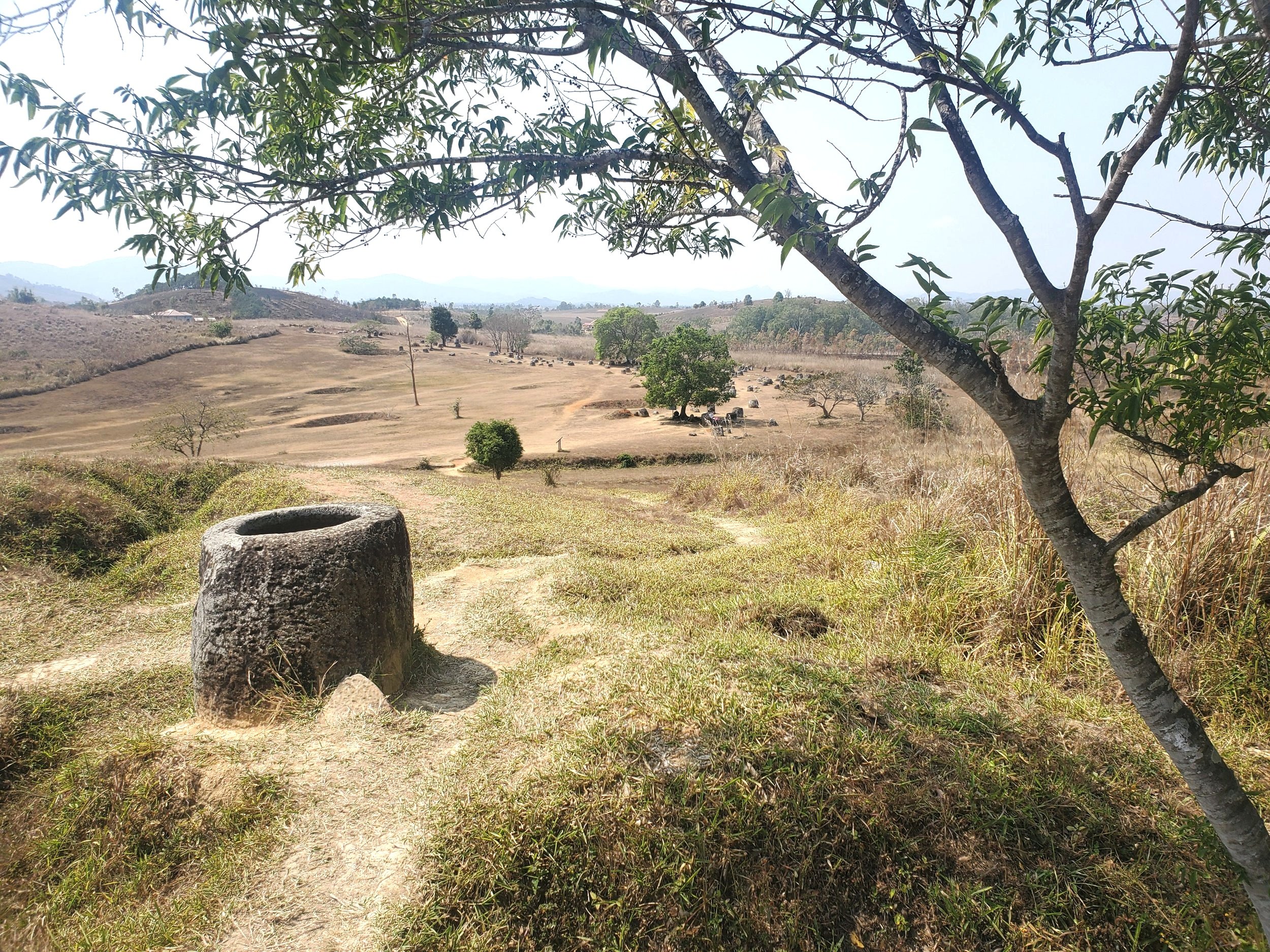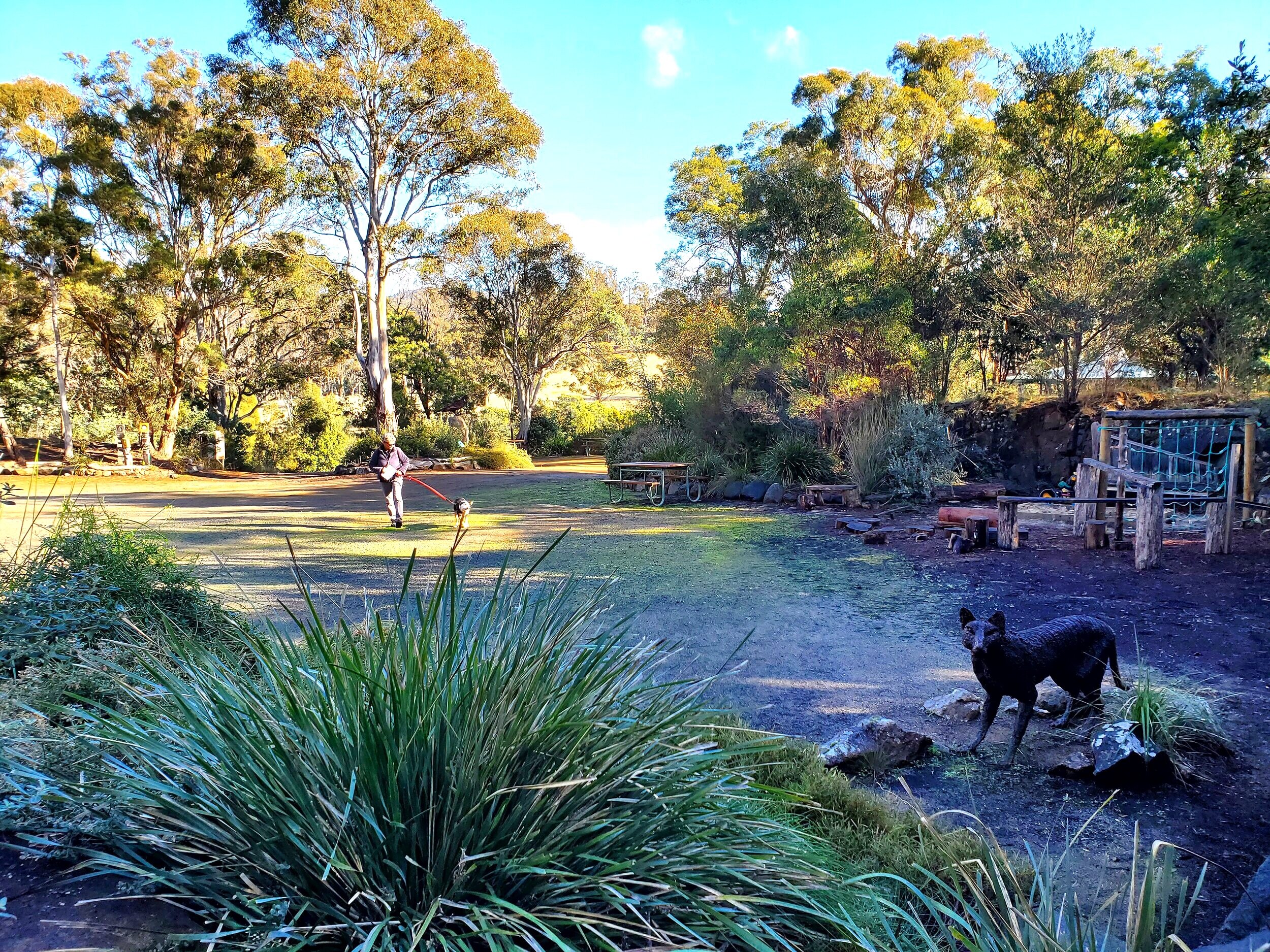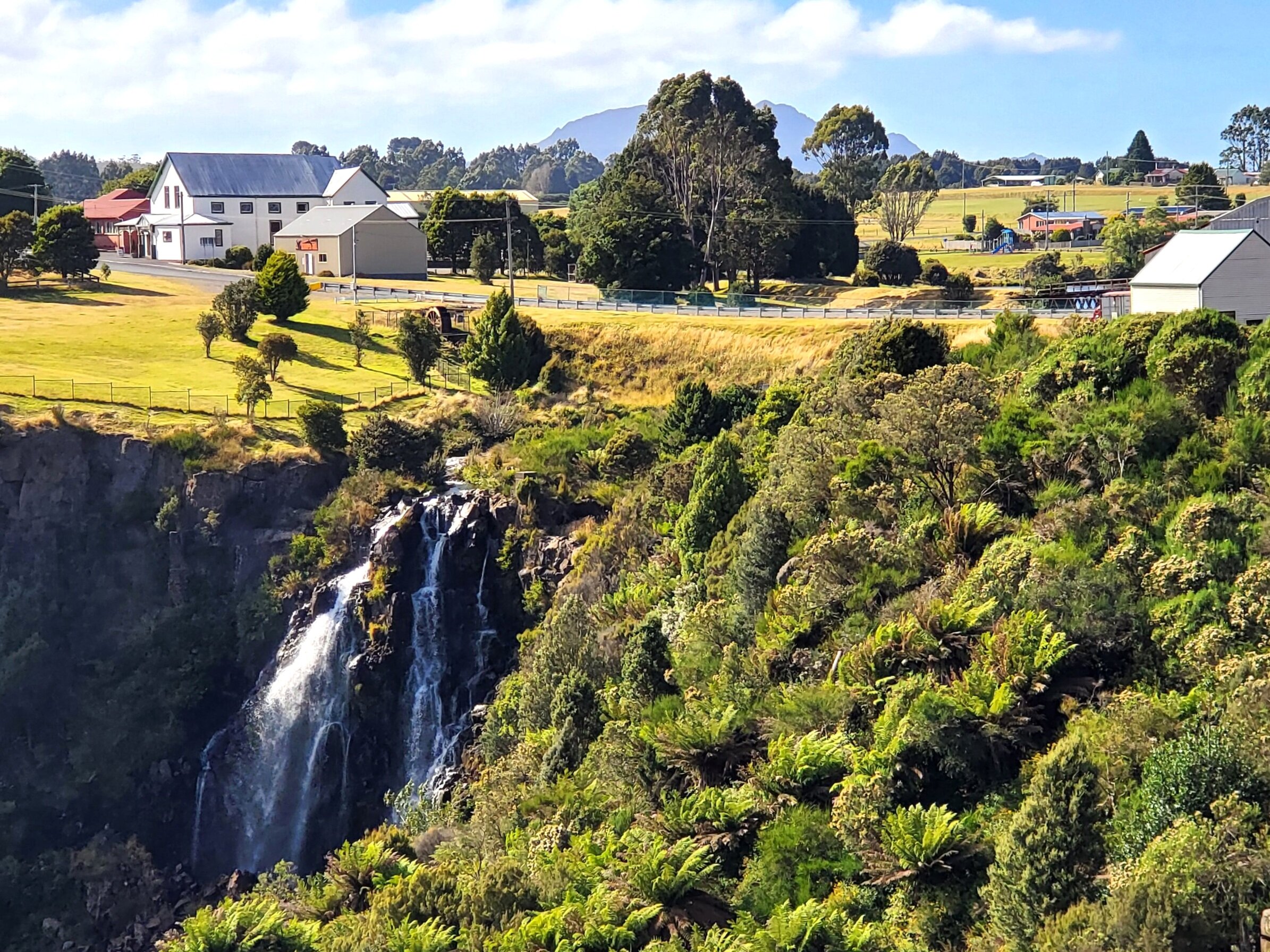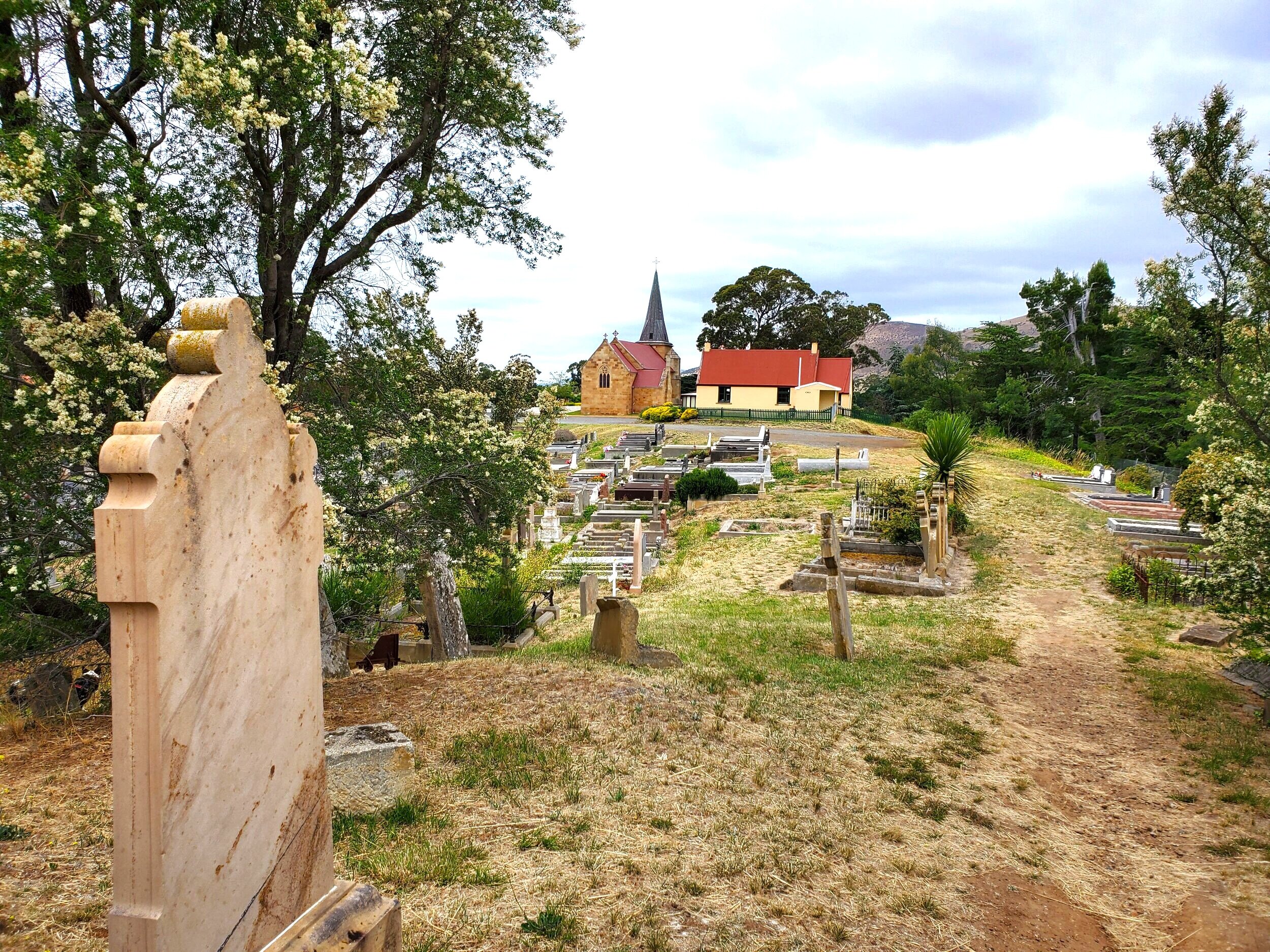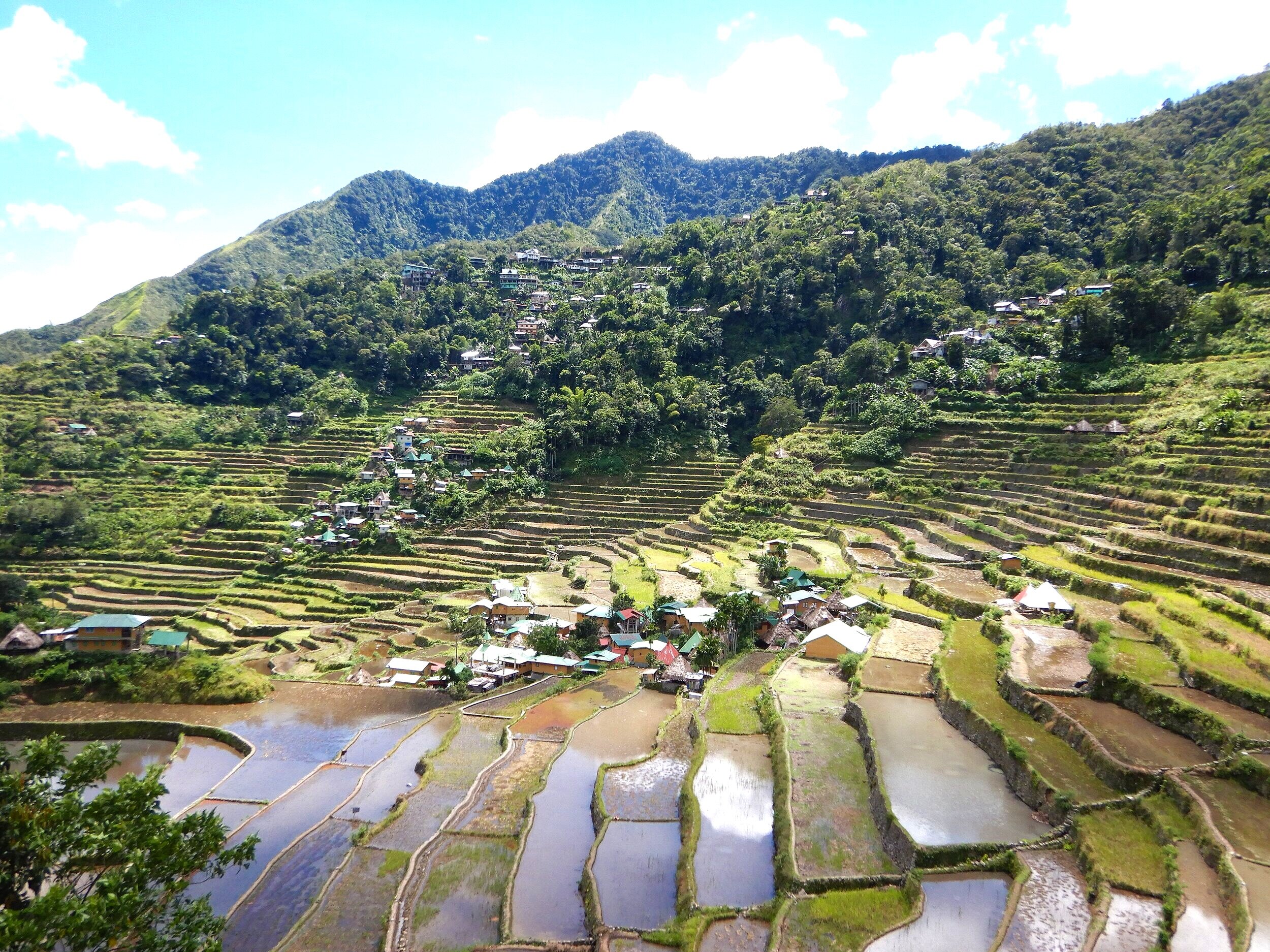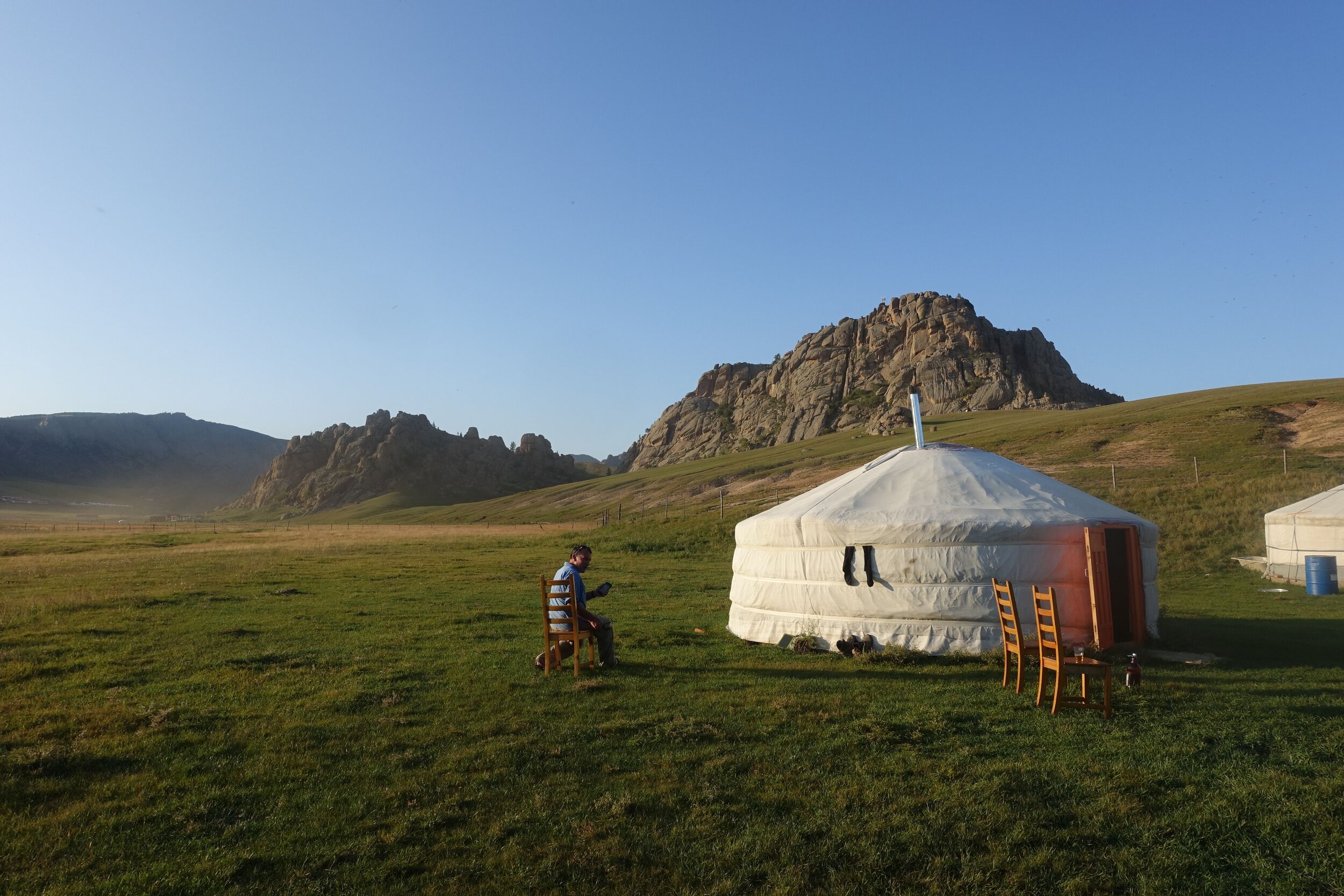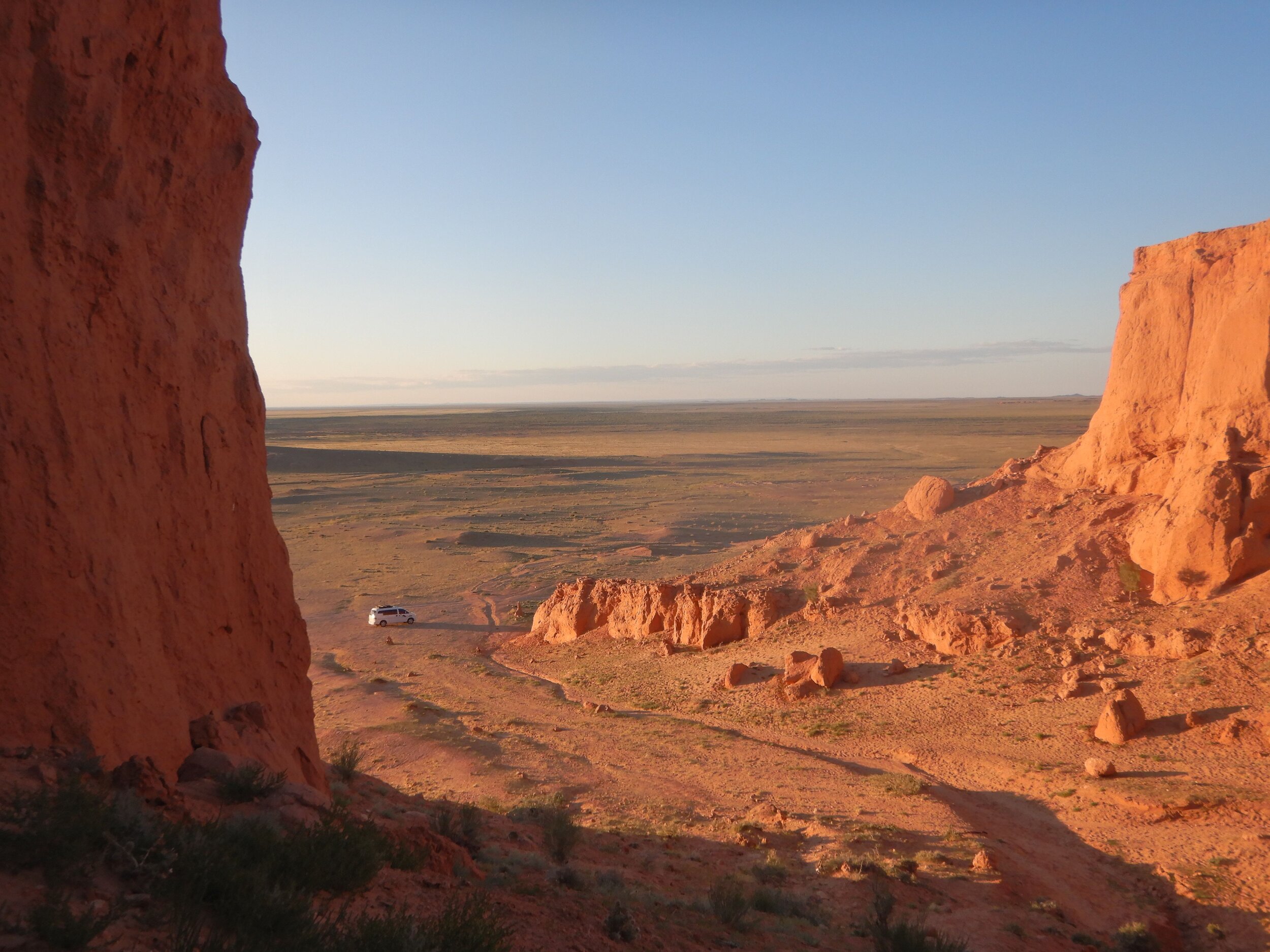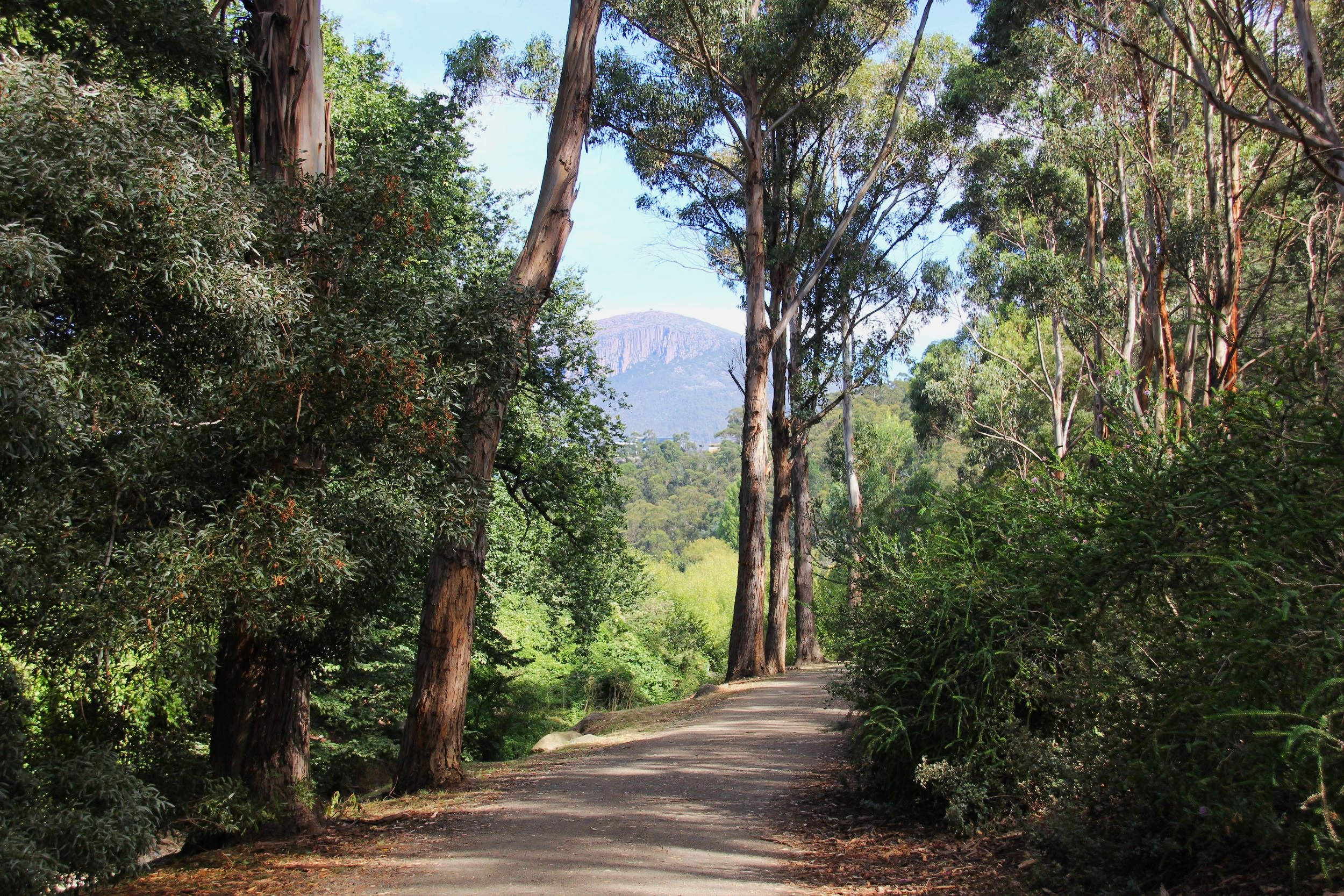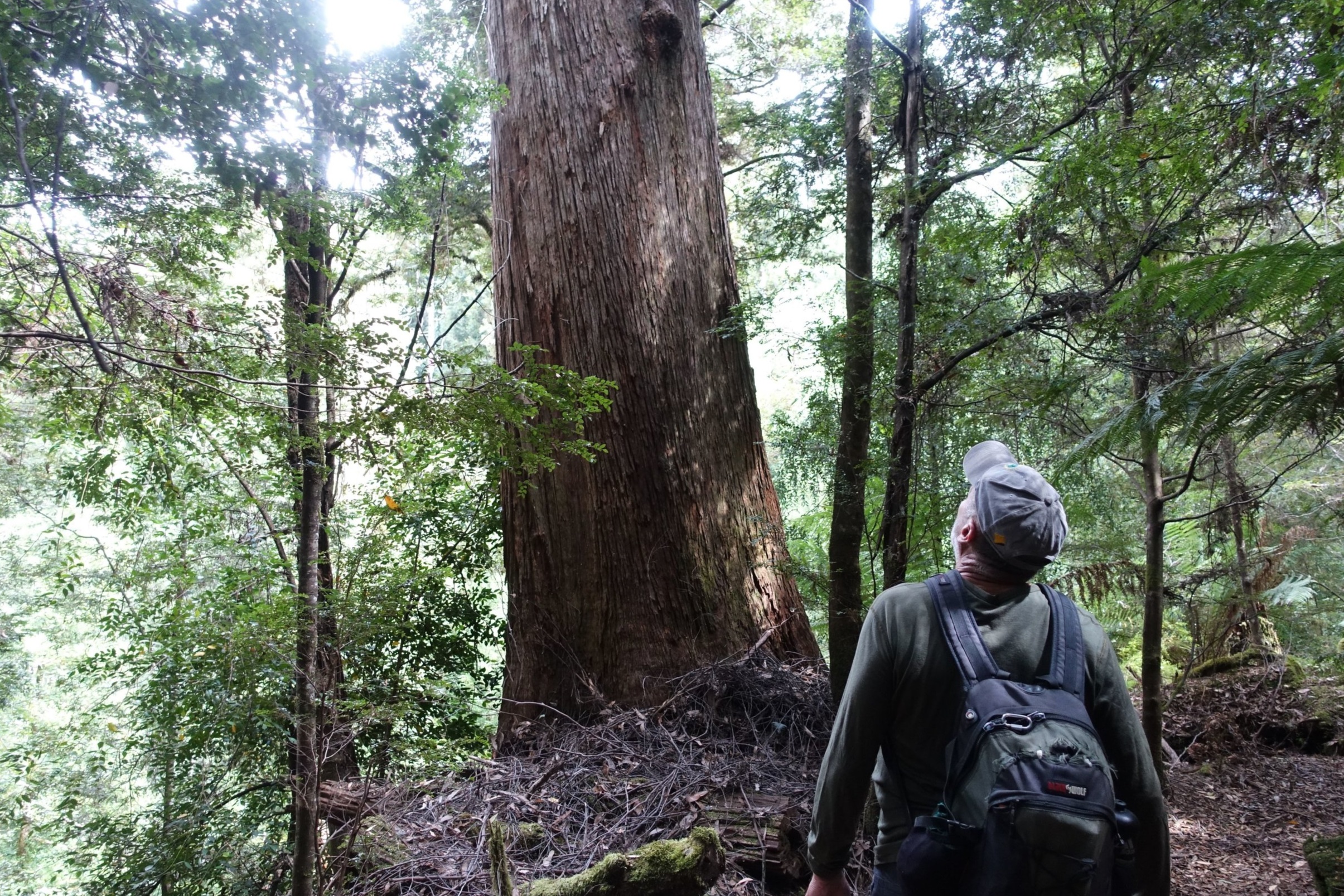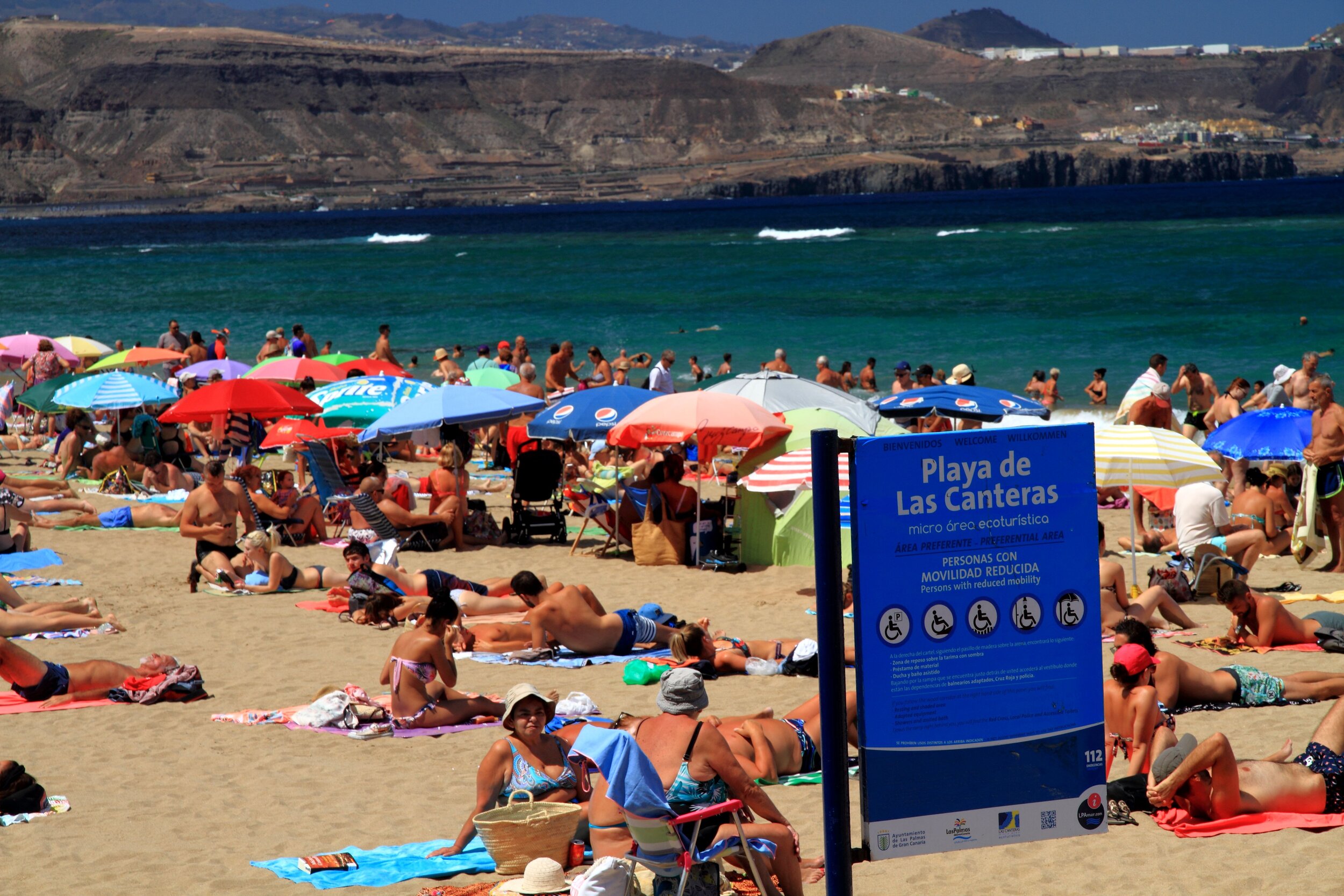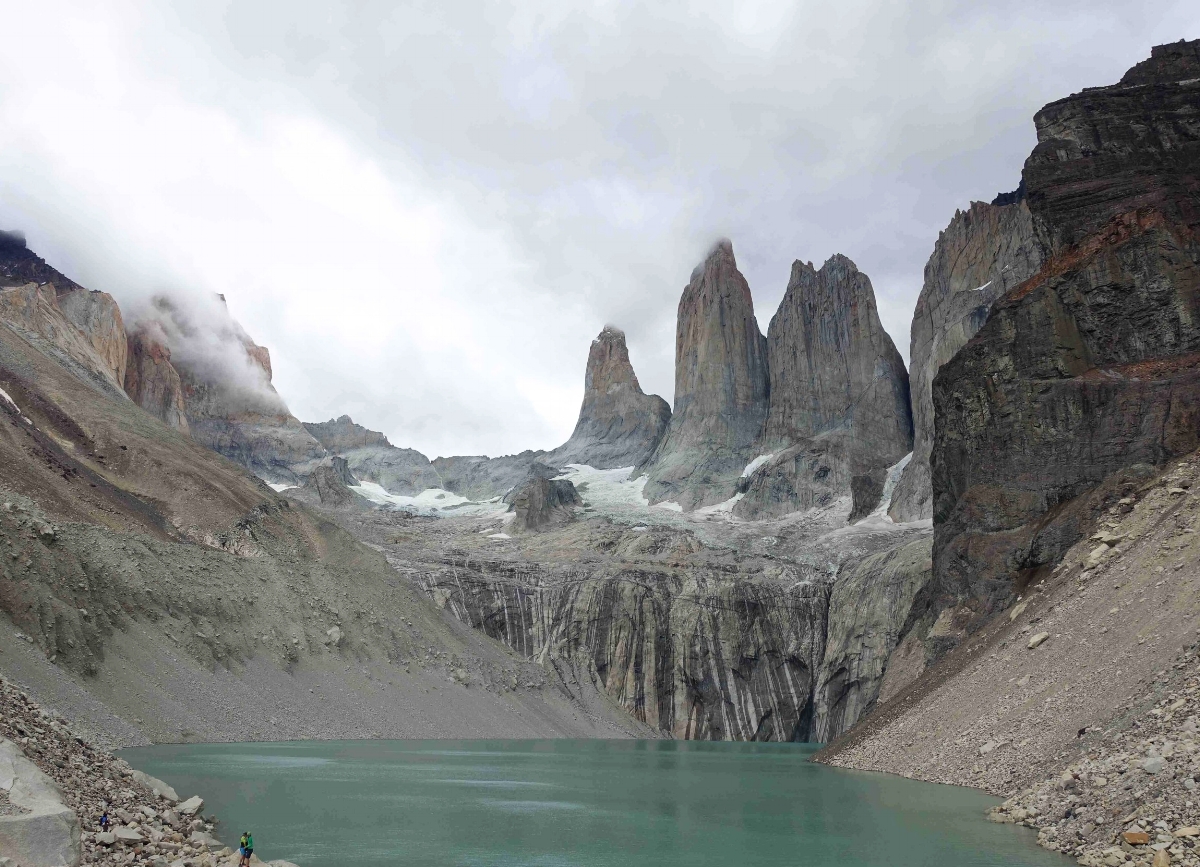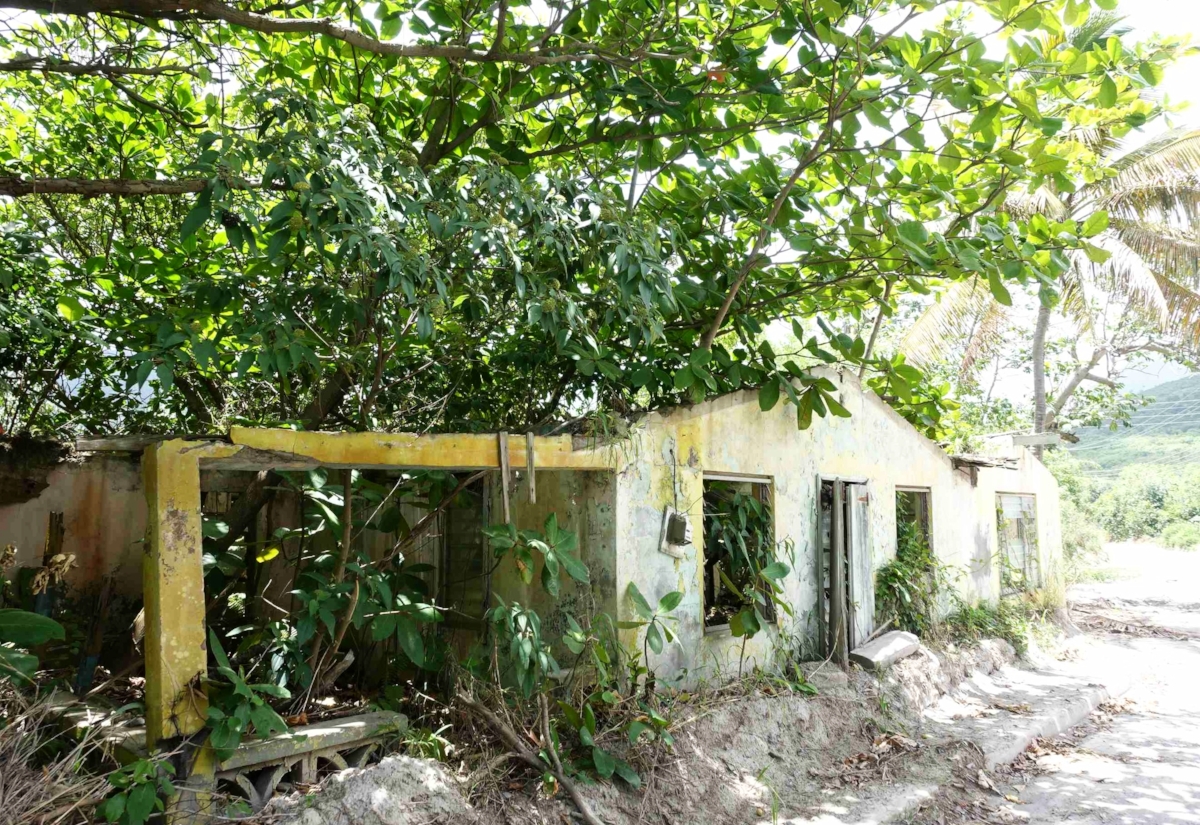Marvelous Mauritius
/Introduction
Mauritius is a small island nation off the coast of East Africa. The name conjures up images of uncrowded white sand beaches, tropical rainforests, spectacular vistas, delicious seafood and rum cocktails. All with a mix of French, English and African cultural influences. And if you know your history you can throw in the home of the extinct dodo as well. But how accurate is this description? We didn’t know anyone who’d been until Ken’s brother Brett and wife Linda took one of the now direct flights from Australia to Mauritius. Here’s what they found.
trou-aux-biches
Mauritius
Mauritius lies in the southern Indian Ocean, approx. 1000 kms east of Madagascar and an 8 ½ hour flight from Perth (Australia). For sun worshippers the island is fringed with some excellent beaches, lagoons and reefs catering for the needs of all sea lovers including surfers, snorkelers and divers. Although technically, when we arrived in May, it was the start of winter, daytime temperatures were still warm (mid 20 Cs), nights hovered around 20 C and the sea was a balmy 26 C.
With over 160 km of coastline and just over 60 km long Mauritius is a reasonable size. It has a good road network and although it does have an extensive bus service the most effective way to explore is by renting a car. Driving is on the left and local rental companies offer the best deals. We used Pingouin who were excellent. They have an office at the airport and offered a small auto for around A$50 per day.
food caravans, trou-aux-biches
The prevailing winds in Mauritius are generally from the east so it’s no surprise that the protected west coast beaches offering more accommodation options, safer swimming and incredible sunsets are a popular choice for visitors.
tab
We chose to stay at two different locations, with our first on the beachfront of Trou-Aux-Biches (TAB) in the northwestern part of the island. The airport is in the southeastern part of the island, so it was around a 1 ½ hour (70 km) drive to our digs. TAB is a magnificent 2 km strip of sandy beach and was originally a fishing village which has now evolved into a laidback expanse of low rise accommodation encompassing a few resorts, private homes and holiday rentals. Although it’s one of the most popular beaches on the island its size ensures that it’s rarely crowded and the local fisherman bringing in their daily catch confirmed that some traditions thankfully remain.
With an absence of noisy beach bars and hawkers, long strolls along the quiet casuarina lined powdery shore were a daily ritual. Despite the tides, swimming in clear seas is possible all day. On most occasions we would spot all of the usual fishy suspects as well as turtles and moray eels. Local supermarkets are plentiful as are the plethora of food caravans offering all sorts of seafood dishes and local creole specialties at reasonable prices.
We took the car out for a day trip to explore the north and central part of the island. Pereybere Beach was a highlight.
pereybere beach
As were the Botanical gardens, named in honour of the nation’s first Prime Minister and founding father Sir Seewoosagur Ramgoolam. Be sure to seek out the famous giant water lilies, a real highlight.
Also, worth a visit and not far from the gardens is a magnificent 19th century estate with its beautifully restored French mansion, Chateau de Labourdonnais as its centre piece. Rum enjoyers note that a free tasting is included at the estate’s rhumerie as part of the entrance fee.
After 4 days in the north, we drove an hour south to another fine strip of coast, Flic en Flac. The meaning in old Dutch for ‘free flat land’ is indicative of the 8 km stretch of coral white sand lined with native casuarinas with the outer reefs protecting an inviting shallow lagoon ideal for swimming. The main hub is buzzing with restaurants, hotels and nightclubs so for those wanting a little more nightlife this area is a good option.
flic en flac
Flic en Flac is also an excellent point from which to explore the lush mountainous interior of the southwest, home to the spectacular hiking trails, waterfalls and rainforests located within the Black River Gorges National Park. It’s an easy day trip taking in the highlights of the park. We started by driving the coastal road south for approx. 40 minutes to the Le Morne peninsula. Declared a World Heritage site in 2008, the 556m basalt monolith is the southwestern most tip of the island and for the brave, hiking to the top is possible. A guide is strongly recommended.
black river gorges national park
The area is also steeped in the history of the slave trade which lasted two centuries, finally being abolished on Feb 1, 1835. Legend has it that the region was a refuge for those who had escaped slavery and that, after the declaration, a police expedition despatched to inform the escapees that they were now free men and women, was misinterpreted with many fleeing to the summit and throwing themselves off the top to their deaths fearing recapture. The Slave Route Monument in the area is worth a visit.
the slave route monument
Doubling back about 8 km take the B104 at Case Noyale heading inland and upwards on the steep winding road where your next stop should include a tour (free tasting included) of one of Mauritius most visited attractions, the spectacularly located rum distillery, Rhumerie de Chamarel.
rhumerie de chamarel
Other noteworthy points of interest within the park that offer spectacular vistas include Gorges Viewpoint, Alexandra falls and Bassin Blanc. Prior to heading home take a quick detour along the B88 to the impressive statues of the Grand Bassin Hindu Temple. Return to Flic en Flac on the B102 / B64.
Conclusion
Mauritius really is a hidden gem. Its relatively uncrowded, safe and affordable. It has a unique blend of cultures and cuisines and with all outdoor pursuits catered for, as clichéd as it sounds, there really is something for everyone.
Brett






















